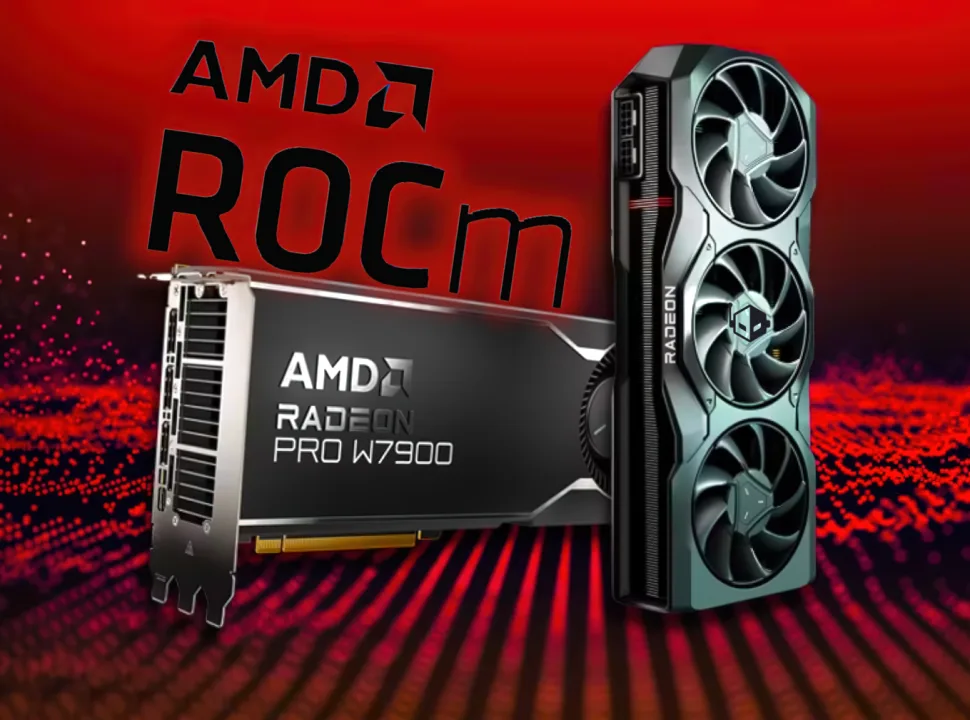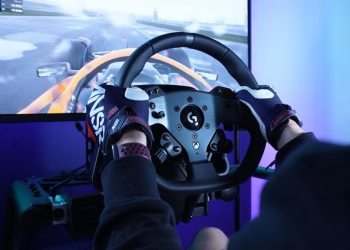According to veteran leaker Kopite7kimi, NVIDIA’s next-generation GeForce RTX flagship, based on the “Ada-Next” GPU architecture, would have a large 512-bit bus interface. While NVIDIA is rumoured to be discontinuing its flagship GeForce RTX 4090 Ti GPU, it appears that the green team is already hard at work on a next-generation successor, with the information showing a significant increase to the memory arrangement. The Ada-Next flagship gaming GPU, which is anticipated to debut in 2025, would include a 512-bit bus interface, according to Kopite7kimi.
Since the GeForce GTX 285 was released in 2009, NVIDIA’s GeForce gaming graphics card range, including the new ones, hasn’t had a memory configuration exceeding 384-bit.

This is crucial because 512-bit memory configuration allows NVIDIA to experiment with huge memory sizes. Currently, 384-bit bus graphics cards such as the RTX 4090 and RTX 6000 Ada have capacities of up to 24 GB and 48 GB. You can acquire 32 GB capacities and grow up to 64 GB capacities on a single card with a 512-bit bus interface. This is a 33% increase in memory capacity.
That doesn’t even take into account the latest 24 Gb GDDR7 modules being developed by DRAM manufacturers like as Micron and Samsung. If NVIDIA uses these modules, you can get up to 48/96 GB VRAM capacities, which would be ridiculous and a huge increase for content creators and AI workloads, but I don’t think gaming will benefit much from such high capacity, so let’s stay to 32 GB for now. When using the stock 32 Gbps GDDR7 memory, you can receive up to 2 TB/s of bandwidth and 2.3 TB/s when using the boosted 36 Gbps chips.
NVIDIA has made significant advancements to its memory and cache design in recent years, as well as optimisations to its memory compression techniques, allowing for less reliance on the GPU’s available bandwidth. The most significant cache improvement was seen in Ada cards, which resulted in NVIDIA considerably reducing the memory bus interfaces on its mid-range lineup, such as the RTX 4060 series, which sits at 128-bit and RTX 4070, which peaks at 192-bit.
Also Read:






